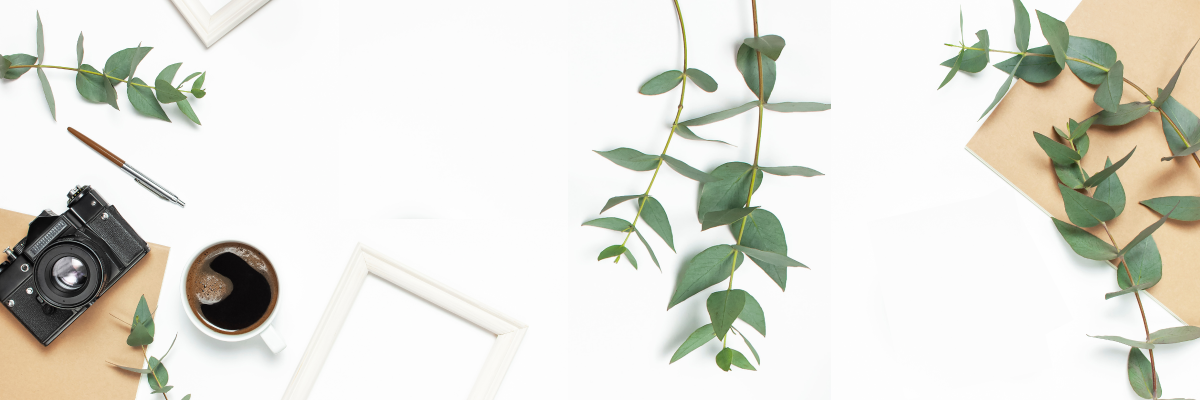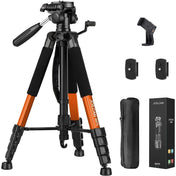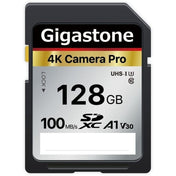Photography is not just a hobby; it’s an art form that allows individuals to express their creativity and capture the beauty of the world around them. One of the most crucial aspects of photography is the choice of lens. With so many options available in the market, selecting the right lens can be overwhelming. Whether you are a beginner or a seasoned photographer, understanding how to choose the right lens for your photography style can significantly enhance your images and elevate your skills. In this guide, we will explore various types of lenses, how they affect your photography, and the importance of accessories like the Neewer lens filter set in achieving your desired effects.
Understanding Different Types of Lenses
The first step in choosing the right lens is understanding the various types available and how they correlate with specific photography styles. Here’s a closer look at some of the primary categories:
1. Prime Lenses
Prime lenses have a fixed focal length, typically offering superior optical quality compared to zoom lenses. They are ideal for photographers looking for sharp images with beautiful bokeh effects.
- Advantages: Exceptional image quality, lightweight, often have larger apertures.
- Disadvantages: Limited versatility, requires more physical movement to frame shots.
2. Zoom Lenses
Zoom lenses offer the convenience of multiple focal lengths in one lens, allowing photographers to switch between wide-angle and telephoto without the need to change lenses. This versatility is perfect for dynamic situations such as events or travel photography.
- Advantages: Versatile focal lengths, convenient for quick adjustments.
- Disadvantages: Heavier and bulkier, generally lower image quality than prime lenses.
3. Wide-Angle Lenses
Wide-angle lenses are essential for capturing expansive landscapes and architectural shots. Their capabilities make them a go-to for photographers focused on real estate or nature photography.
- Advantages: Increased depth of field, can make small spaces appear larger.
- Disadvantages: Can introduce distortion, might not be flattering for portraits.
4. Telephoto Lenses
Telephoto lenses allow you to get close to the action from a distance, making them perfect for wildlife, sports, or portrait photography. They compress the background, allowing the subject to stand out vividly.
- Advantages: Great for isolating subjects, ideal for candid shots from afar.
- Disadvantages: Depth of field can be shallow, might require a tripod for stability.
How Your Photography Style Influences Your Lens Choice
Identifying your photography style is integral to choosing the right lens. Consider the following styles:
1. Landscape Photography
If landscape photography is your passion, wide-angle lenses are your best friend. These lenses will allow you to capture the grandeur of nature, from sweeping views of mountains to the intricate details of a foreground.
2. Portrait Photography
For portrait photography, a prime lens with an aperture of f/1.8 or wider allows for beautiful background blur while keeping your subject sharp. A telephoto lens can also achieve stunning outcomes by compressing the background.
3. Street Photography
Street photographers often prefer prime or compact zoom lenses to maintain a low profile while allowing for quick composition changes in dynamic environments. A fast lens with a wide aperture ensures they can shoot in lower light conditions.
4. Macro Photography
Capturing close-up shots of small subjects requires specialized macro lenses, which allow for extreme close-ups without losing detail. These lenses often have their unique characteristics, including a flat field of focus.
The Role of Accessories: Why the Neewer Lens Filter Set Matters
Once you select your ideal lens, the next step is to consider accessories that can enhance your creativity and protect your gear. One important accessory is the lens filter. A Neewer lens filter set typically includes UV filters for lens protection, polarizers for reducing glare, and ND filters for controlling exposure in bright conditions.
1. UV Filters
UV filters protect your lens from dust, scratches, and damage. They are especially useful for outdoor photography, helping to preserve image quality without altering colors.
2. Polarizer Filters
Polarizing filters enhance colors, deepen blue skies, and reduce glare from reflective surfaces, making them an excellent addition for landscape and nature photography.
3. ND Filters
Neutral Density (ND) filters allow you to shoot at wider apertures or slower shutter speeds in bright environments. They provide creative flexibility, perfect for creating silky smooth waterfalls or achieving motion blur.
Essential Factors to Consider
When choosing a lens, consider the following essential factors:
1. Focal Length
The focal length of a lens alters the perspective and composition in your images. Determine if you need a versatile zoom lens or a fixed prime lens to suit your shooting needs.
2. Aperture
The maximum aperture affects your ability to shoot in low light and control depth of field. Larger apertures (f/1.4, f/1.8) allow more light, while smaller apertures (f/2.8, f/4) are suitable for landscapes where depth is crucial.
3. Image Stabilization
For handheld shooting, especially with telephoto lenses, image stabilization helps reduce the risk of blurry images. Consider lenses with in-built stabilization for smoother results in challenging lighting conditions.
4. Build Quality and Weight
Consider the environment in which you’ll be shooting. If you’re going to be trekking through nature or photographing events, the weight and build quality of the lens can impact your comfort and effectiveness.
Tips for Testing Lenses
The best way to know if a lens suits your style is to test it out. Here are some tips:
- Rent Before You Buy: Rent various lenses to try before making a commitment. It helps you get a feel for the lens without outlaying a huge sum upfront.
- Practice and Experiment: Take the lens into different situations—low light, portraits, landscapes—to see how it performs across scenarios.
- Join Photography Communities: Engage with other photographers either online or in workshops to exchange ideas, experiences, and recommendations based on personal use.
Unlock Your Potential in Photography!
Choosing the right lens is essential in shaping not only the aesthetic quality of your photographs but also your growth as a photographer. By understanding the different types of lenses available and how they align with your photography style, you'll be better equipped to make informed decisions. Don’t underestimate the importance of accessories like the Neewer lens filter set, which can further elevate your shooting experience while protecting your investment. Remember, the best gear is the one that inspires you to create! Embrace your creative journey, and watch your photography skills flourish.
Embark on a journey through the Shopify store of another user. Click here to visit their store. Please note that this is a promotional link, and we do not guarantee the content of the linked store.












